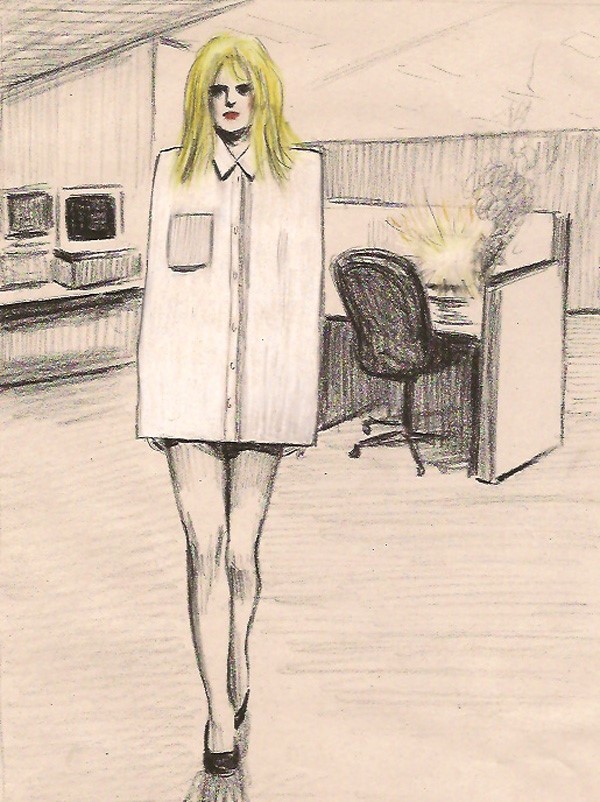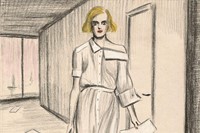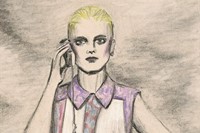The crisp white shirt is what the word sartorial was invented for – the apogee of clean and functional tailoring, practicality and ease but with all the essential starchiness usually reserved for business-like wardrobe staples. Having evolved
The crisp white shirt is what the word sartorial was invented for – the apogee of clean and functional tailoring, practicality and ease but with all the essential starchiness usually reserved for business-like wardrobe staples.
Having evolved from traditional men’s daywear, the shirt is reminiscent of an age when everyone made more of an effort and addressed each other by their formal titles. Hence Maison Martin Margiela riffing on the garment’s rigidity by presenting stiff, sandwich board-esque options for spring/summer 2011, which looked as if they had never been taken out of their packaging.
But the enduring strength of the shirt comes from the inevitable softening process it has undergone over time, through progress and the relaxation of social codes. It was the preferred uniform for suffragettes and society women alike at the turn of the century, ushering in a new era in casual clothing, as womenswear borrowed from the male wardrobe and began to deal in separates. From buttoned-up shirts in roomy cuts to gentler and more feminine chemise blouses, the shirt became a marker of modern womanhood.
And it remained so well into the Fifties and Sixties, when shirt dresses, shirt-waisters, and longer-length waistcoat-style sleeveless shirt dresses, became a signature product from American designers like Mildred Orrick and Hattie Carnegie. The shirt was then picked up and redesigned with a more traditionally masculine aspect by Giorgio Armani and Donna Karan, who gave it pin-tucks and shaped sleeves to more easily suit a woman’s body. In the days of purism, there was little more chic and zeitgeist-ish than Calvin Klein’s men-for-women shirts or Jil Sander’s heavily androgynous renderings.
But shirts also look just as good thrown around the narrow shoulders of the owner’s girlfriend and worn as effortlessly as an old nightie, so it has entered the canon of fashion imagery as an iconic and understated sex symbol, whether teamed with bare legs, thick socks and a hangover, or tied at the navel above Daisy Duke shorts.
The proliferation of the classic shirt into the female wardrobe continued this season, with deconstructed and abstract shapes becoming full-length shirt dresses at Viktor & Rolf and severely cut blouses and dresses made from shirts by Hussein Chalayan, who softened them with strips of broderie, floating collars and historical detailing.
At Balenciaga too there were shirts created in gauzy chiffon and printed with fine, digitised floral prints – femininity layered onto masculinity in the ultimate subversion of classic dressing. The shirt today symbolises so much more than workwear – it represents the nebulous nature of the modern era, when work, leisure, social and formal occasions invariably overspill and overlap. Although recent stylings have them fastened right to the chin, the modern shirt is by no means buttoned-up.
Zoë Taylor has appeared in Le Gun, Bare Bones, Ambit and Dazed & Confused. She is currently working on her third graphic novella and an exhibition.



